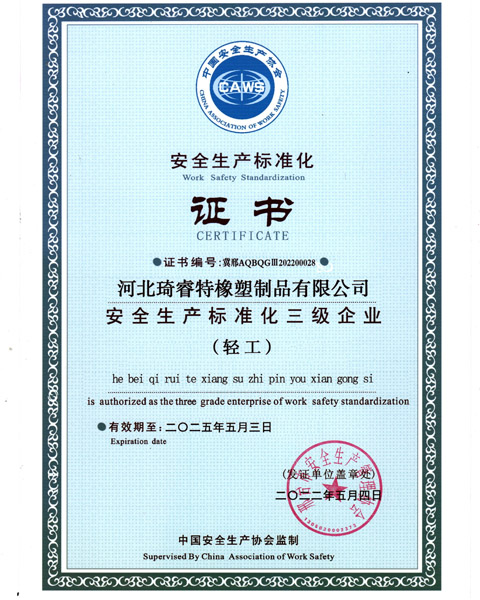air conditioner lines
Understanding Air Conditioner Lines An Essential Component of HVAC Systems
Air conditioning systems are vital for maintaining comfortable indoor environments, especially in regions with extreme temperatures. One of the critical components of these systems is the air conditioner lines, which play a significant role in the operation and efficiency of the HVAC (Heating, Ventilation, and Air Conditioning) system. Understanding these lines and their functions can help homeowners and technicians ensure optimal performance and longevity of their air conditioning units.
Air conditioner lines consist of two primary types the suction line and the liquid line. The suction line carries refrigerant in a gaseous state from the evaporator coil back to the compressor. In contrast, the liquid line transports refrigerant in a liquid state from the condenser back to the evaporator coil. Both lines are typically insulated to prevent heat transfer and maintain the efficiency of the refrigerant as it circulates through the system.
The Suction Line
The suction line is often larger in diameter compared to the liquid line. Its primary function is to transport the low-pressure, low-temperature refrigerant vapor from the evaporator coil to the compressor. The evaporator coil absorbs heat from the air inside the building, causing the refrigerant to evaporate into a gas. The gas then travels through the suction line to the compressor, where it is compressed into a high-pressure gas. Proper insulation of the suction line is crucial, as any heat absorption from the surrounding environment can lead to increased pressure and reduced efficiency.
The Liquid Line
air conditioner lines

The liquid line, on the other hand, carries the high-pressure liquid refrigerant from the condenser to the evaporator coil. The refrigerant is cooled and condensed in the condenser unit, usually located outside the building. As it moves through the liquid line, it must remain insulated to prevent any heat gain, which could lead to inefficiencies in the cooling process. The liquid line is typically smaller in diameter than the suction line and is subject to high pressure. Ensuring that it is free from obstructions, leaks, and corrosion is vital for the overall performance of the air conditioning system.
Importance of Proper Installation and Maintenance
Correct installation and maintenance of air conditioner lines are essential for efficient operation. Improper installation can lead to several issues, including refrigerant leaks, reduced cooling efficiency, and increased energy consumption. Regular inspections and maintenance can help identify potential problems early, allowing for timely repairs and replacements.
Additionally, homeowners should be aware of the signs of malfunctioning air conditioner lines. These may include unusual noises, decreased cooling performance, or the presence of frost on the lines. Such symptoms warrant immediate attention from a qualified HVAC technician to prevent further damage to the system.
Conclusion
Air conditioner lines are integral to the functionality of HVAC systems, serving as conduits for refrigerant as it cycles through different states. Understanding the roles of the suction and liquid lines can aid in recognizing the significance of proper installation and routine maintenance. By prioritizing the upkeep of these essential components, homeowners can ensure their air conditioning systems operate efficiently and reliably, ultimately enhancing indoor comfort throughout the year. Whether for residential or commercial use, awareness of these components paves the way for informed decision-making regarding HVAC systems and their maintenance.
-
Ultimate Spiral Protection for Hoses & CablesNewsJun.26,2025
-
The Ultimate Quick-Connect Solutions for Every NeedNewsJun.26,2025
-
SAE J1401 Brake Hose: Reliable Choice for Safe BrakingNewsJun.26,2025
-
Reliable J2064 A/C Hoses for Real-World Cooling NeedsNewsJun.26,2025
-
Heavy-Duty Sewer Jetting Hoses Built to LastNewsJun.26,2025
-
Fix Power Steering Tube Leaks Fast – Durable & Affordable SolutionNewsJun.26,2025

